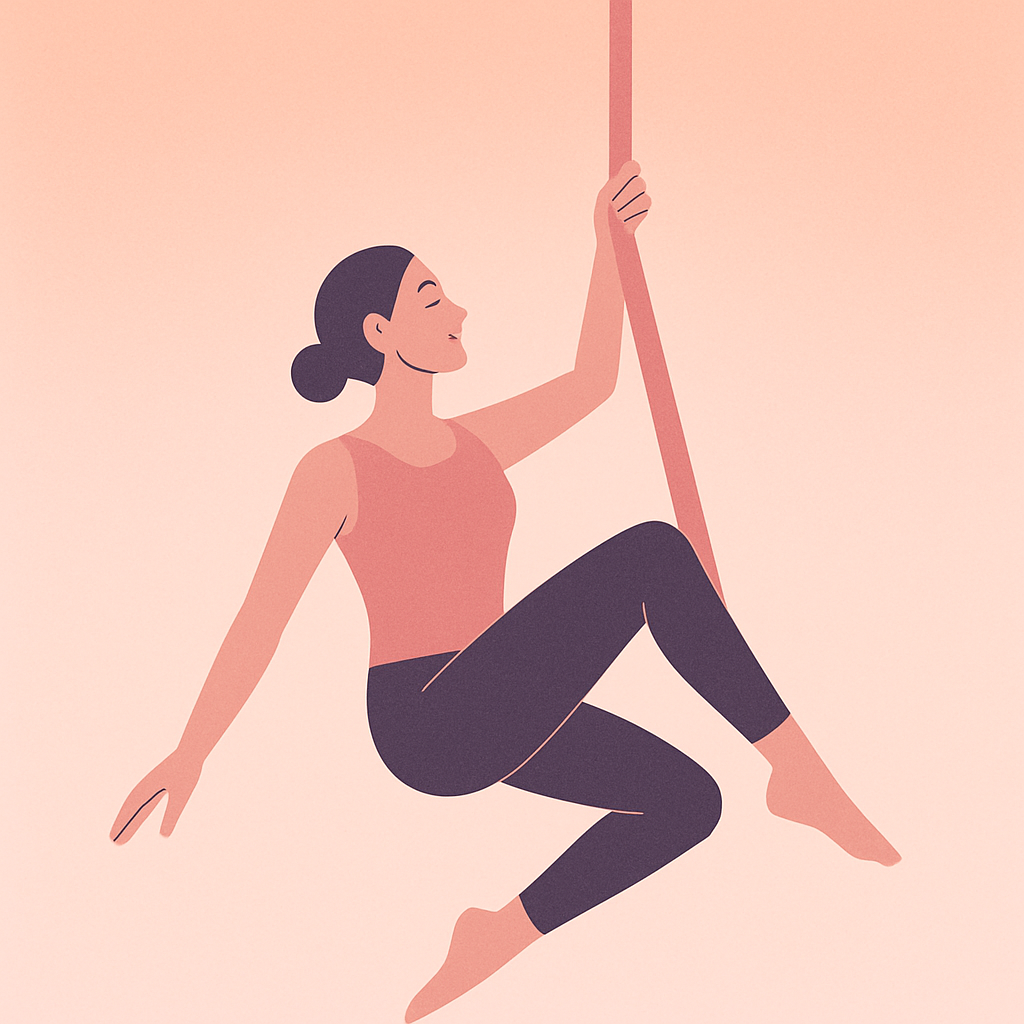I stared at my feet, planted on cold studio floor. "Move however feels natural," Kristine said, dimming the lights. The music started. I didn't.
For thirty seconds, I stood frozen while classmates around me began flowing, spinning, reaching. My brain cycled through every excuse: I don't know what I'm doing. This looks ridiculous. Everyone's watching.
Then something shifted. I stopped thinking and started feeling.
That moment changed everything I understood about being present in my own body. Over three months, I learned that movement isn't about technique or looking graceful—it's about getting out of your head and trusting what emerges.
What Movement Actually Is
Movement is communication without words. It's your body speaking a language your mind hasn't learned to interfere with yet.
I thought I was signing up for a fitness class. Instead, I got an education in presence. Through dance, aerials, and performance, I discovered parts of myself I'd been intellectualizing away for years.
The course had three units, each teaching me something different about trust—in my body, in others, and in the process itself.
Unit 1: Learning to Fall
Week one: trust exercises. I hate being touched by strangers, but Kristine knew we'd need to support each other through lifts and contact work later. Smart.
I spent the first month trying to muscle my way through handstands. Force everything, overthink the technique, get frustrated when my shaking arms collapsed. Classic me.
Cartwheels came easy—muscle memory from childhood. But when I tried leading with my left leg, I crashed hard, scraping my back on the floor. The pain taught me what my ego wouldn't: technique matters more than power.
The breakthrough came during "impulse work"—lights off, random music, no choreography. Just move. My mind panicked. What if I look stupid? What's the right way to do this?
But in the dark, nobody could judge. After a few sessions, I stopped performing for an imaginary audience and started listening to what my body wanted to do.
That's when I understood: presence isn't a mental state you achieve through thinking. It's what remains when you stop thinking.
Kristine taught us "juxtaposition"—taking a happy movement and performing it with a blank face, or adding ominous music to something joyful. The contrast creates tension, makes people pay attention. I'd never considered that conflict could be a tool rather than a problem.
We also learned "framing"—how context transforms meaning. A simple gesture becomes art when you put it in the right frame. Same movement, different setting, completely different impact.
Unit 2: Getting Off the Ground
Aerials terrified me. Rope, hoop, trapeze, silks—all requiring trust I wasn't sure I had.
First lesson: I can't climb a rope. I could jump and pull myself up, but coming down meant burning the skin off my palms. Back to basics. Learn the fundamentals, not the shortcuts.
The trapeze taught me about fear in precise doses. Sitting on that bar fifteen feet up, learning to let go and trust my grip strength, my balance, my instructor's guidance. Every move was a negotiation with gravity.
I learned the superman, the mermaid, the falling angel. Terrible names, but the positions felt like flying. Skills transferred between equipment—what worked on the trapeze translated to the hoop.
The silk "spirit drop" was pure terror and pure trust. You wrap the fabric around your torso, climb up, then release into free fall. For a split second, you're falling. Then the silk catches you.
I almost backed out. But I thought about all the times I'd chosen safety over growth, comfort over discovery. I let go.
That moment taught me something crucial: I'd been comparing myself to everyone else's highlight reel while living in my own behind-the-scenes struggle. The only meaningful comparison is with who I was yesterday.
Unit 3: Performing Truth
The final project: a cabaret performance. We learned "predator-prey" exercises—embody the energy of hunting or being hunted. Strange how your body knows exactly what that feels like.
We practiced "takes"—those dramatic pauses where you break character to let the audience see your face, your intention. Like giving someone a moment to catch up with the story you're telling.
For my piece, I wanted to address something personal: the voice in my head that says artists can't make money. That creative work isn't "real" work. That I should suppress my artistic side for more practical pursuits.
I choreographed a piece about that internal battle—the practical voice versus the creative impulse. Used everything I'd learned: juxtaposition, framing, contact work, even some basic aerial moves.
The performance went better than I expected. Several classmates cried afterward, especially the theater majors. They recognized the story because they'd lived it too.
That's when I realized: authenticity is the most powerful technique of all.
What I Learned About Presence
Three months in, I can handstand for thirty seconds. I can climb a rope properly. I can trust someone to catch me when I fall.
But the real skill I developed was presence. Not the meditation kind—the movement kind. The ability to inhabit my body without my mind running interference.
I spent years trying to think my way into presence. Meditation apps, mindfulness books, breathing techniques. All useful, but they kept the focus on mental management.
Movement taught me presence is physical. It's what happens when you stop trying to control every variable and start responding to what's actually happening.
Your body knows things your mind hasn't figured out yet. It knows how to balance, how to fall, how to trust. It knows the difference between moving from fear and moving from curiosity.
It knows how to be present without making it complicated.
Presence in Tech and Leadership
The lesson from movement is simple but hard to practice: when I'm in my body, I'm here. No rehearsal, no endless "what ifs." Just sensation, response, adjustment. That same discipline has changed how I show up in tech and leadership.
When I'm embodied, my product judgment sharpens. I don't drown in metrics or overcomplicate roadmaps. I notice what feels clunky, what interrupts flow, what adds friction. Presence makes me ruthless about simplicity—whether it's a signup flow, a data pipeline, or a leadership process. It's the same instinct that keeps aerial work alive: drop the extra tension, trust the line you've chosen, commit fully.
That shift matters in shipping. In software, it's easy to over-engineer because you're scared of missing something. But like an aerial drop, the best work comes from trusting timing. Ship, feel the response, adjust. The more embodied I am, the less I cling to control and the more I move with the feedback loop. Realtime systems are just that: presence encoded in code. They sense, react, and self-correct in motion. The same applies to teams.
Managing people also benefits from this grounding. If I walk into a room buzzing with my own anxieties, the team feels it. If I land in my body before a meeting, I can actually listen. Not just to the words, but to what isn't being said—the posture, the hesitation, the subtle signals that tell me what's blocking momentum. Presence scales better than authority; it invites others to step forward instead of freezing them.
And in design, embodied presence shows up as frictionless UX. We talk about intuitive interfaces as if intuition is a checklist. It isn't. It's a felt sense of flow. You know you've nailed it when the body doesn't snag—when someone can breathe through the experience instead of tensing against it. Movement taught me to trust that kind of knowing.
So the bridge is clear: being in my body isn't separate from being in my work. It's the same skill. The same cut against noise. Whether I'm hanging from silks or cutting lines of code, the practice is presence. And presence—done honestly—cuts complexity every time.
The Friction of Getting Started
I almost talked myself out of this class three times. Too weird, too touchy-feely, too far outside my comfort zone. Classic overthinking.
The best things I've done scared me first. This scared me because it asked me to trust something other than analysis and planning. It asked me to trust my body, other people, and the process itself.
Movement isn't about becoming a dancer or performer. It's about discovering what happens when you stop managing every moment and start experiencing it.
Your body is the most sophisticated tool you own. Most of us operate it like we're afraid it might break. Movement teaches you it's more durable and more intelligent than you think.
Next time you catch yourself stuck in your head, trying to think your way through something that requires feeling—remember that your body has been solving complex problems since before you could walk.
Trust it. Move. See what happens when you stop thinking and start being present in the space you already occupy.


